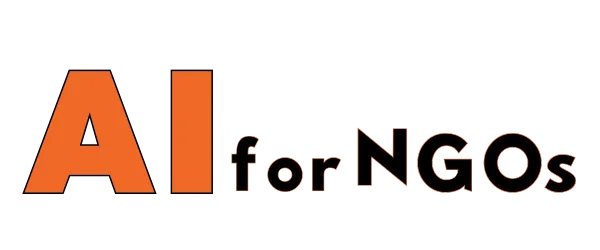Nonprofit organizations play a crucial role in creating positive social change and addressing pressing issues in our communities. In order to effectively achieve their missions, nonprofits need to have a clear understanding of the theory of change and how it can impact their work. This comprehensive guide will provide nonprofits with a deep understanding of the theory of change, its components, and how it can be applied to their organizations.
What is the Theory of Change?
The theory of change is a strategic tool that nonprofits use to articulate how they believe change happens and how their programs and activities contribute to that change. It is a comprehensive framework that helps organizations conceptualize and articulate their long-term goals and the pathways to achieving them.
Components of the Theory of Change
The theory of change is comprised of several key components:
- Inputs: These are the resources, such as funding, staff, and partnerships, that a nonprofit invests in their programs and activities.
- Activities: These are the specific actions and interventions that a nonprofit undertakes in order to achieve their desired outcomes.
- Outputs: These are the immediate results of a nonprofit’s activities, such as the number of people reached, services provided, or products delivered.
- Outcomes: These are the changes that occur as a result of a nonprofit’s activities, such as improved knowledge, skills, behaviors, or conditions.
- Impact: This is the long-term change that a nonprofit aims to achieve in terms of social, economic, or environmental conditions.
Developing a Theory of Change
Developing a theory of change involves a process of reflection, analysis, and consultation with stakeholders. Nonprofits should consider the following steps when creating their theory of change:
- Identify the problem: Clearly define the issue or challenge that the nonprofit seeks to address.
- Identify the desired impact: Determine the long-term change that the nonprofit hopes to achieve in relation to the problem.
- Map the pathways to change: Identify the specific activities, outputs, and outcomes that will contribute to achieving the desired impact.
- Identify assumptions and risks: Consider the external factors and assumptions that might impact the organization’s ability to achieve its goals.
- Develop indicators: Define the measures that will be used to track progress and evaluate the effectiveness of the organization’s activities.
Applying the Theory of Change
Once a nonprofit has developed its theory of change, it can be applied in a variety of ways:
- Strategic planning: The theory of change can be used to inform the organization’s strategic direction, priority setting, and resource allocation.
- Program design and evaluation: The theory of change can guide the design of new programs and the evaluation of existing programs to ensure that they are effective and impactful.
- Communications and fundraising: The theory of change can be used to effectively communicate the nonprofit’s mission, impact, and value to donors, supporters, and the broader community.
Conclusion
The theory of change is a powerful tool that can help nonprofits clarify their goals, articulate their strategies, and demonstrate their impact. By developing a theory of change and applying it to their work, nonprofits can strengthen their programs, attract resources, and drive meaningful change in the communities they serve.
FAQs
What makes a theory of change effective?
An effective theory of change is one that is well-researched, comprehensively developed, and regularly reviewed and updated. It should be based on a clear understanding of the problem and the context in which the organization operates, and should be informed by the perspectives and experiences of the stakeholders involved.
How can a nonprofit use its theory of change for advocacy purposes?
A nonprofit can use its theory of change to inform its advocacy efforts by articulating the specific policy changes or systemic shifts that are necessary to achieve its desired impact. By presenting a clear and compelling case for change, the organization can mobilize support and influence decision-makers, leading to sustainable and widespread impact.
What are some common challenges in developing and applying a theory of change?
Some common challenges in theory of change development include limited resources for research and consultation, the complexity and interconnectedness of social issues, the need for ongoing monitoring and evaluation, and the difficulty of predicting long-term impact in dynamic and unpredictable environments. Nonprofits should be prepared to invest time and effort in developing and applying their theory of change, and be open to learning and adapting along the way.









